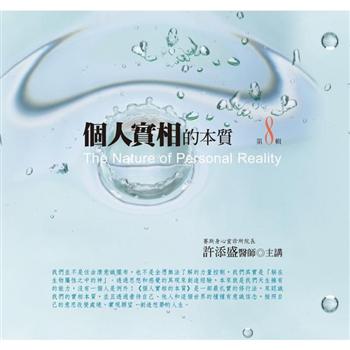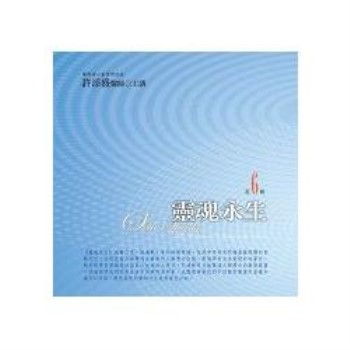Dr. Waisbren's observations in infectious disease, critical care, and immunology have been acknowledged internationally. He has been asked to lecture in Europe, China, Israel, and Russia. He has published 136 papers in the peer-reviewed medical literature. His website: www.waisbrenclinic.com is visited by thousands of individuals each month. This book augments the material on this website.
Dr. Waisbren's contributions started while he was a medical resident at the University of Minnesota Medical School. There, in 1951, he observed for the first reported time, that gram negative bacteria in the bloodstream caused septic shock.
Dr. Waisbren returned to his home city of Milwaukee, Wisconsin after his post-graduate training on the Harvard service at the Boston City Hospital, the Navy Medical Research Institute in Bethesda, Maryland, the Biological Warfare Center at Frederick, Maryland, and at the University of Minnesota Medical School. Dr. Waisbren has been practicing internal medicine, teaching students at First Marquette Medical School and then at the Medical College of Wisconsin, ever since. He has been director of the infectious disease control service at the Milwaukee County Hospital, associate director of St. Mary's Burn Center, and is now director of the Waisbren Clinic.
This book discusses the adventures and serendipitous events that have allowed him to find that high dosages of combinations of antibiotics combined with gama globulin will help some seriously ill patients; that have allowed him to develop system methods of treating burns and critically ill patients; that allowed him to treat multiple sclerosis withimmunotherapy; that allowed him to treat some cancer patients with Coley's Vaccine and other immunomodulators; and that allowed him to discover a relationship between some cases of amyotrophic lateral sclerosis (ALS) and multiple sclerosis (M.S.) and Lyme disease.
In the last chapters of the book, Dr. Waisbren shares his experiences in treating the chronic fatigue syndrome, chronic Lyme disease, fibromyalgia, and problem hypothyroidism.
Finally, he suggests that it might be worthwhile to treat ALS and MS with antibiotics used to treat Lyme disease because of the relationship he has discovered between these diseases and Lyme disease. This relationship has been confirmed by other investigators.
Within this book is a "book within a book" that describes Dr. Waisbren's 25-year endeavor to prove to his colleagues, the CDC, congress, and recipients of the hepatitis B vaccine that this vaccine may cause acquired autoimmune disease.
This book should be of interest to medical students and physicians who are interested in trying to help some of their problem patients by methods "out of the box." It should interest patients with early ALS and M.S. because they and their physicians may want to investigate whether they think it reasonable to try empirical treatment of ALS and/or M.S. with antibiotics active against Lyme disease.
It should interest some individuals and their attorneys who are engaged in getting compensated for damage done to them by hepatitis B vaccine.
It should interest physicians and patients involved with cancer who might want to investigate the use ofimmunomodulation therapy for cancer.
Finally, many who are interested in medicine may want to find out about alternative pathways by which medical advances are sometimes made.
Dr. Waisbren is a fellow of the American College of Physicians, a fellow and founding member of the American Society of Infectious Disease, and a founding member of the Critical Care Society of America and of the American Burn Association.
| FindBook |
有 1 項符合
Adventures in the Practice of Investigative Internal Medicine: 1951-2006的圖書 |
 |
Adventures in the Practice of Investigative Internal Medicine: 1951-2006 作者:Waisbren 出版社:Trafford Publishing 出版日期:2007-08-02 語言:英文 規格:精裝 / 200頁 / 22.9 x 15.2 x 1.5 cm / 普通級 |
| 圖書館借閱 |
| 國家圖書館 | 全國圖書書目資訊網 | 國立公共資訊圖書館 | 電子書服務平台 | MetaCat 跨館整合查詢 |
| 臺北市立圖書館 | 新北市立圖書館 | 基隆市公共圖書館 | 桃園市立圖書館 | 新竹縣公共圖書館 |
| 苗栗縣立圖書館 | 臺中市立圖書館 | 彰化縣公共圖書館 | 南投縣文化局 | 雲林縣公共圖書館 |
| 嘉義縣圖書館 | 臺南市立圖書館 | 高雄市立圖書館 | 屏東縣公共圖書館 | 宜蘭縣公共圖書館 |
| 花蓮縣文化局 | 臺東縣文化處 |
|
|
圖書介紹 - 資料來源:博客來 評分:
圖書名稱:Adventures in the Practice of Investigative Internal Medicine: 1951-2006
內容簡介
|










